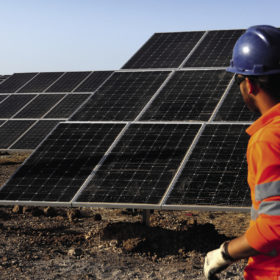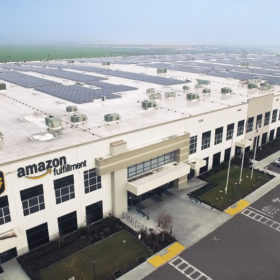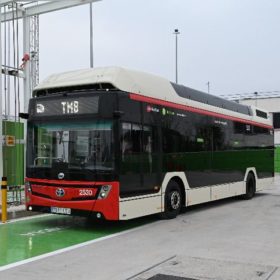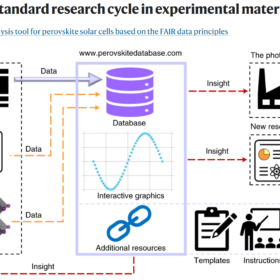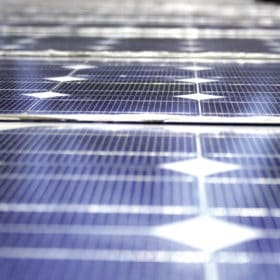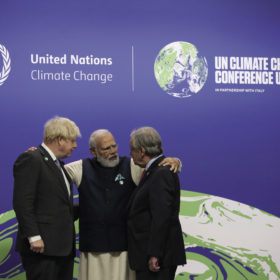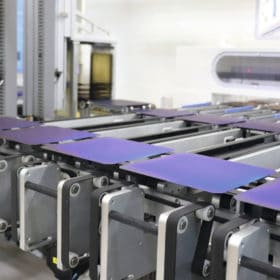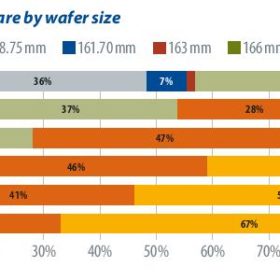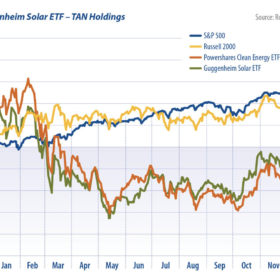Rystad: Residential solar soars past C&I in 2021
Renewable energy and battery storage has racked up another banner year in 2021, according to end-of-year analysis from Rystad Energy. While there was growth across segments, residential solar has seen the most impressive gains, surpassing the commercial and industrial (C&I) segment for the year.
Stepping UP in 2021: #3 Sustainable electricity and corporates’ critical solar role
Despite the global Covid-19 pandemic and recession, corporate purchases of clean energy are booming. Several factors are driving this trend, including falling costs, a heightened appetite for sustainability among consumers and investors, and increased political will for net-zero development. In recognition of this, the UP Initiative spent Q3 2021 investigating sustainable electricity supply. How are PPA models evolving? What are the critical issues around residual energy? And how can greenwashing be avoided? Read on to discover more.
The Hydrogen Stream: Chile plans 6 green hydrogen projects by 2025
Spain also launched its hydrogen mobility program for commercial use for the first time in the country, and TSO Transgaz has called for an extraordinary meeting to endorse the company’s plans to make investments in hydrogen, including joining the European Hydrogen Backbone group. Kawasaki Heavy Industries, meanwhile, announced that its liquefied hydrogen carrier, Suiso Frontier, has departed from Kobe for Australia. It is set to return in February with what is expected to be the world’s first international liquefied hydrogen delivery.
The Wikipedia of perovskite solar cell research
An international team of researchers has collected data on metal halide perovskite solar cells from more than 15,000 specialist publications and made them available in an open-access database. The Perovskite Database Project is based on the FAIR data principles that data should be findable, accessible, interoperable, and reusable and aims to capture the rapid development occurring in this increasingly relevant research field.
Stepping UP in 2021: #2 Solar workers’ rights and leading by positive example
There is increasing pressure, globally, for companies to be held more accountable, particularly when it comes to sustainability and just working conditions, and this topic is only growing in importance. With this in mind, pv magazine’s UP Initiative spent Q2 2021 looking at what solar and energy storage companies could do to lead by positive example when it comes to the workers, often far removed, involved in the production of their products and services.
What COP26 means for solar
COP26 was either a great success or an abject failure, depending on who you talk to. What matters for the solar industry is the extent to which decisions agreed in the Glasgow Climate Pact are going to change the direction of the energy and financial sectors.
A year in PV: Technology trends in 2021
The PV industry in 2021 has largely been defined by disruption: Price increases from raw materials to final shipping have led to shortages in PV module supply and project delays the world over. Despite these upsets, innovation has continued at pace, and the year has seen plenty of technological twists and turns that are sure to spell good news for solar in the long run. Read on for a look back at some of the biggest developments.
Stepping UP in 2021: #1 How agri-PV could address two of the biggest sustainability challenges of our times
2021 marked the second year of pv magazine’s UP Initiative where we shined a spotlight on sustainability in the solar industry. Over the course of 12 months, we focused on four key issues. First up was agrivoltaics – the combination of agriculture and solar energy – in recognition of this emerging market. The goal was to understand the potential benefits and economic, political, and technical challenges of such an innovative partnership. Read on to discover our coverage from this quarterly theme and watch out over the coming days for the topics of Workers’ rights, Sustainable electricity and corporates’ critical solar role, and Urban Solar.
A 200 GW solar year in 2022
Structural imbalances in the supply chain and the energy intensity and consumption controls that China imposed in late September have caused prices for most PV module materials and components to continue to rise. Shipping fees and PV plant construction costs also remain high. PV plants in many regions will therefore be postponed until next year, but it remains unclear when module prices will start to fall. Despite these challenges, the global race to cut carbon emissions continues, and InfoLink’s Corrine Lin forecasts a bright future for PV deployments in 2022.
Guggenheim Solar Index: Two sides to PV import tariffs
Solar stocks underperformed the broader markets in November, writes Jesse Pichel of ROTH Capital Partners. This is in large part thanks to uncertainty coming from the United States, where the Court of International Trade reinstated an exemption from import tariffs for bifacial modules – a decision that will likely see an appeal.
